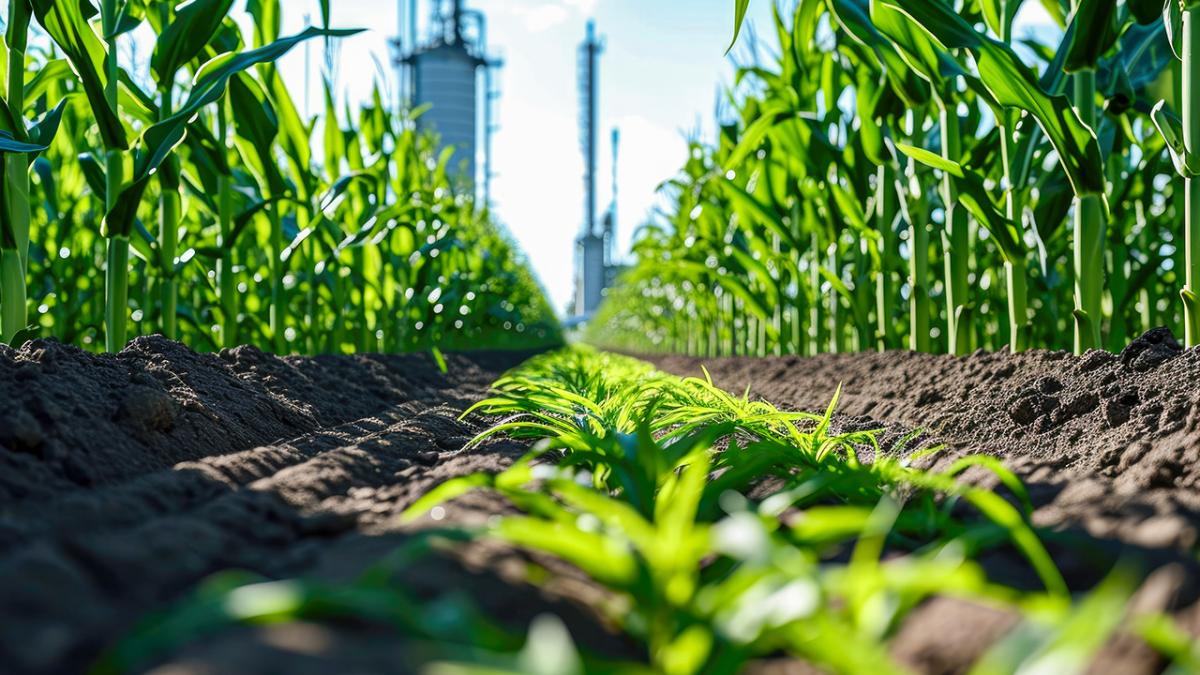Adobe Stock.
This Policy Report column was first published by Nebraska Farmer on May 7, 2024, and is excerpted here with permission.
While the outlook for U.S. agriculture and many commodity markets has softened over the past two years, there is hope on the horizon among some market watchers for biofuels to drive a new demand surge for agriculture.
Increased usage and prospects for renewable fuels, particularly renewable diesel and sustainable aviation fuel, could help propel the ag economy forward.
Recent agricultural baseline projections from the Food and Agricultural Policy Research Institute (FAPRI) document the growth in biofuels over the past 20 years to a point where corn usage for ethanol rivals feed use, and soybean oil use for biodiesel or renewable diesel rivals food usage.
The projections over the coming decade suggest further growth in renewable diesel usage, and thus, soybean oil usage and could spike upward for renewable diesel or ethanol if further low-carbon fuel or sustainable aviation fuel markets are fully realized.
Complex market
Before counting market returns, however, it is worth considering that the biofuels market in general is largely driven by policy decisions, adding more complexity to the outlook beyond basic supply-and-demand fundamentals.
While the biofuels market for ethanol and biodiesel has been around for decades with various levels of support and tax credits, it was largely influenced by the renewable fuel mandates passed by Congress in 2005 and 2007.
Those policy decisions established minimum usage requirements for conventional biofuels (primarily corn-based ethanol) and advanced biofuels (including biodiesel and cellulosic ethanol). The original legislative mandates ran through 2022, giving way to annual rulemaking by the Environmental Protection Agency in the years since.
There have been numerous policy fights over the mandates and the related biofuel usage over time, including adjustments to the mandates and small refinery exemptions or waivers of the requirements in numerous years.
There have also been battles over ethanol usage related to the so-called 10% “blend wall” and the usage or availability of higher blends, including the ongoing effort to get permanent approval of E15, the 15% blend rate, for year-round usage.
Now that EPA is responsible for establishing annual usage mandates, there is a nearly continual debate over mandates and usage. Will mandates help biofuels command a growing share of the motor vehicle fuel market, or will future mandates reflect a flattened-out share of a mature market for motor vehicle fuels?
The latter would, in fact, suggest a decline in usage over time if trends toward higher mileage standards and electric vehicle usage reduce overall fuel usage going forward.
While the ongoing market and policy developments continue, it is the potential growth of low-carbon fuel standards and sustainable aviation fuel that have some observers excited about future demand. Just like the earlier generation of biofuel demand, these potential markets are also heavily affected by policy.
New markets
Demand for renewable diesel is growing with low-carbon fuel mandates, particularly for heavy trucks in regulated markets such as California, with Oregon and Washington joining in. Substantial further growth may be dependent on additional states adopting similar requirements, or on the ability of U.S. renewable diesel production to serve Canadian consumers facing similar mandates.
Continue reading full column via Nebraska Farmer ...


